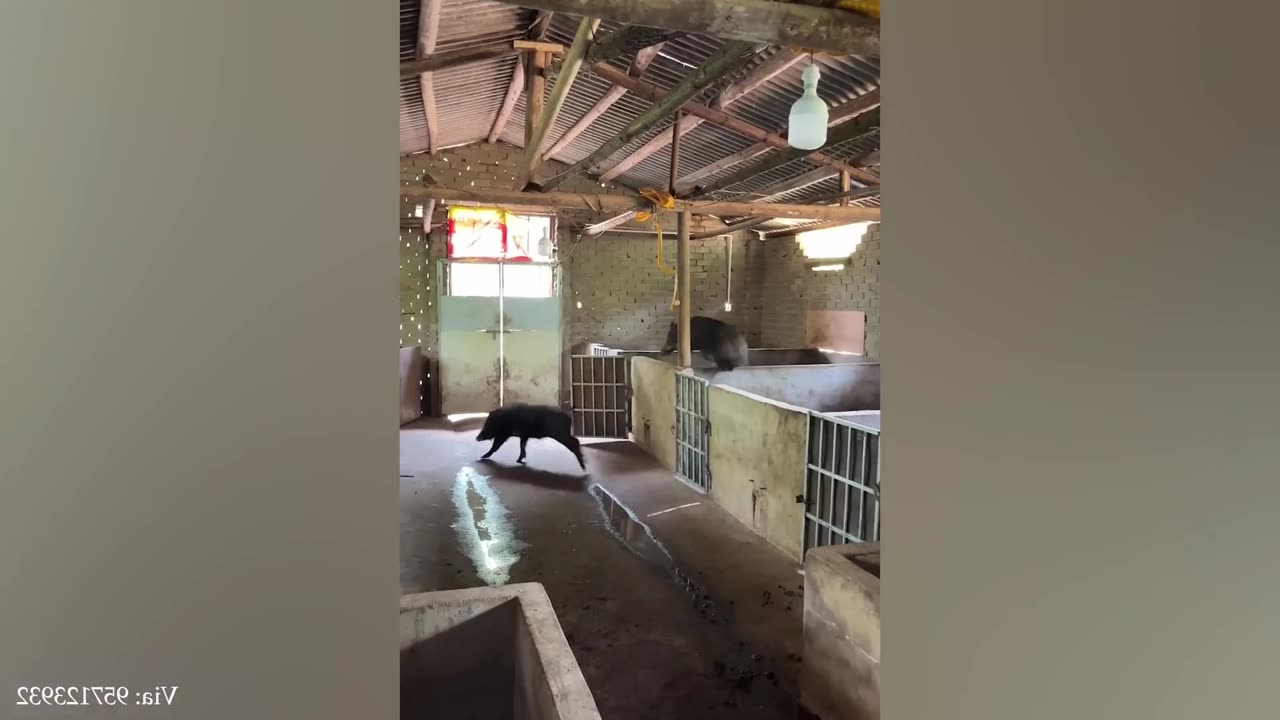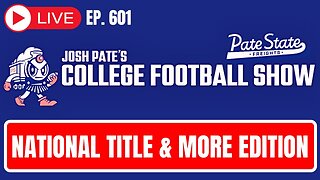Premium Only Content

The pigs are playing very nicely
. Multicellular Structure: Animals are made up of multiple cells organized into tissues and organs. Unlike single-celled organisms, they have specialized cells for various functions.
2. Heterotrophic Nutrition: Animals cannot produce their own food through photosynthesis like plants do. They rely on consuming other organisms, either plants, other animals, or both, for their energy and nutrients.
3. Mobility: Most animals are capable of some form of movement during at least one stage of their life cycle. Movement is often facilitated by muscles and a nervous system, allowing them to respond to their environment.
4. Sexual Reproduction: Most animals reproduce sexually, where two individuals (male and female) contribute genetic material to produce offspring. However, there are exceptions, such as asexual reproduction in some species.
5. Complexity and Specialization: Animals exhibit a wide range of complexity, from simple organisms with only a few cell types to highly complex organisms with intricate organ systems. They have specialized structures and functions that help them adapt to their specific environments and lifestyles.
6. Biodiversity: Animals come in various shapes and sizes. There are mammals, birds, reptiles, amphibians, fish, insects, and many other groups, each with unique characteristics and adaptations that enable them to survive in different habitats.
7. Ecological Importance: Animals play crucial roles in ecosystems. They contribute to pollination, seed dispersal, decomposition, and maintaining the balance of food chains and ecosystems.
8. Domestication and Companionship: Humans have domesticated several animal species for various purposes, including agriculture, transportation, companionship, and as sources of food and clothing.
-
 59:39
59:39
Flyover Conservatives
1 day agoLeft for Dead: The Dark Secrets Behind Clinical Trials Exposed - Brianne Dressen, React19 | FOC Show
52K -
 5:28:19
5:28:19
Wahzdee
12 hours agoAm I Too Old to Keep Up? New Game? 🤔🎮 - Warzone/Kompete Days! S1E13
64.4K4 -
 1:08:07
1:08:07
Josh Pate's College Football Show
7 hours ago $2.18 earnedNational Title Prediction | Clemson’s Big Moves | CFB’s Golden Age | USC Childhood Hatred
40.2K -
 1:00:57
1:00:57
The StoneZONE with Roger Stone
6 hours agoShould Trump Pardon Corrupt Mayor Eric Adams? | The StoneZONE w/ Roger Stone
34K11 -
 4:09:51
4:09:51
SwitzerlandPlayIT
9 hours ago🔴 LIVE - RANDOM GAMING - Kingdom of Amalur?
49.9K2 -
 31:50
31:50
Standpoint with Gabe Groisman
1 day agoEp. 64. Canada: the 51st State?!
43.8K9 -
 57:28
57:28
Sarah Westall
8 hours agoCabal Loses Control, Crackdown Back Fires & Day of Reckoning Coming w/ Sam Anthony
69.4K13 -
 1:10:22
1:10:22
Edge of Wonder
8 hours agoDreams & Laser Experiments Prove the Matrix Code Is Real
32.9K5 -
 1:18:05
1:18:05
Redacted News
11 hours agoBREAKING! BIDEN'S MASSIVE MIDDLE FINGER TO AMERICANS, TRUMP AND PUTIN PLAN PEACE TALKS | Redacted
126K243 -
 2:00:11
2:00:11
vivafrei
11 hours agoHegsetnh Confirmation Hearings Recap; Jack Smith Report Recap! La Fires Recap & MORE!
120K86